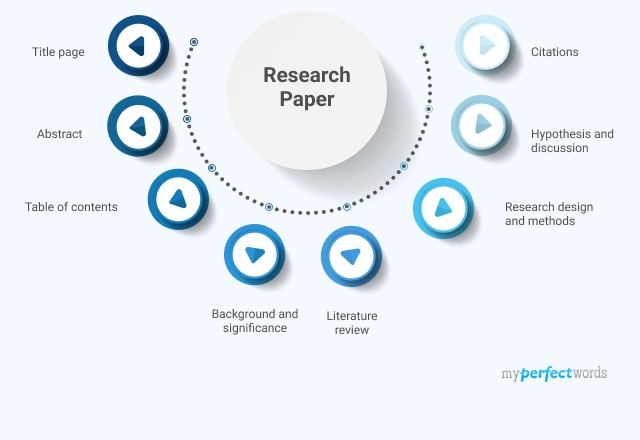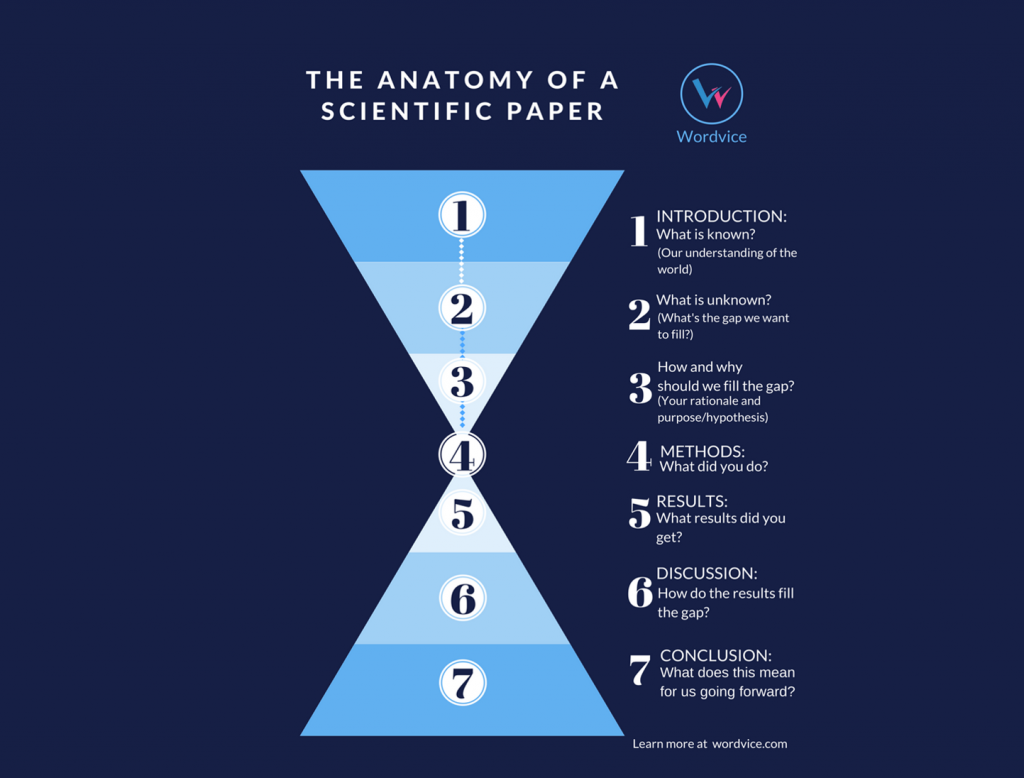A Brief Guide to Developing a Well-Designed Research Paper for Academics|2025
/in General Articles /by BesttutorExplore a brief guide to developing a well-designed research paper for academics. Learn essential tips to structure, write, and present your research effectively.
Writing a research paper can be an overwhelming task, especially for students and early-career academics. However, with a structured approach and clear understanding of the process, one can develop a well-designed research paper that communicates ideas clearly, engages with existing literature effectively, and contributes to academic discourse. This paper aims to guide scholars through the essential steps and structures involved in crafting an excellent research paper, while incorporating useful tools and resources such as research paper examples, sample research paper PDFs, and research paper formats.
Table of Contents
ToggleIntroduction to Research Papers
A research paper is an academic document that presents a detailed analysis of a particular topic, based on the systematic collection and interpretation of data, literature review, and critical analysis. Whether the research paper is intended for submission to a scholarly journal, as part of a university course, or for a professional conference, it must adhere to specific standards of organization, style, and substance.
The Importance of a Well-Designed Research Paper
A well-designed research paper is important for several reasons:
- Clear Communication: It helps the writer to present complex ideas clearly and logically, facilitating understanding for readers.
- Academic Contribution: It serves as a meaningful contribution to the existing body of knowledge, offering new insights or perspectives.
- Academic Integrity: Proper citation and a well-structured approach uphold academic honesty and respect for others’ work.
7 Key Steps in Writing a Research Paper
Writing a research paper involves several phases, each of which is crucial to producing a coherent and credible document. Below are the 7 essential steps in writing a research paper, which form the foundation of a well-organized and academically sound paper.
Selecting a Topic
Choosing a relevant and focused research topic is the first step in writing a research paper. The topic should be of interest to the researcher and should ideally fill a gap in the existing literature. It is essential that the topic is neither too broad nor too narrow. To narrow down the topic, researchers can consult available literature, identify areas of controversy or unanswered questions, and frame a research question that is specific, clear, and researchable.
Conducting a Literature Review
A literature review provides the foundation of the research paper. By reviewing academic articles, books, and other scholarly sources, the researcher can establish the context for their study, highlight the importance of the topic, and identify existing gaps or areas for further research. Effective literature reviews synthesize key findings from previous research, critically analyzing them rather than merely summarizing them.
Formulating a Hypothesis or Research Question
The research question is the focal point of the study. Based on the literature review, the researcher must identify a specific issue that their research will address. In empirical research, this often involves developing a hypothesis that can be tested through data collection and analysis. A clear research question or hypothesis helps to direct the study and determines the methodologies and analyses to be employed.
Choosing the Research Methodology
The methodology section is crucial as it outlines the approach the researcher will use to gather and analyze data. This could include qualitative, quantitative, or mixed-methods approaches, depending on the nature of the research question. Researchers should also select appropriate tools and techniques for data collection, such as surveys, interviews, experiments, or content analysis.
Collecting Data
Once the methodology has been chosen, data collection can begin. The data may come from primary sources (e.g., experiments, interviews, surveys) or secondary sources (e.g., existing datasets, published studies). It is essential that the data collection process is systematic and ethical, ensuring that the information is reliable, valid, and representative of the study’s objectives.
Analyzing the Data
Data analysis involves organizing and interpreting the collected data to answer the research question or test the hypothesis. Various analytical techniques, such as statistical tests, thematic analysis, or case study analysis, can be employed depending on the methodology. This section of the paper should provide clear explanations of the analysis process, including any tools or software used for analysis.
Writing and Revising the Paper
The final step is the writing process, which involves presenting the research in a structured format. This includes crafting clear, coherent arguments and ensuring that each section of the paper is logically organized. After writing the first draft, researchers should revise and refine the paper to improve clarity, coherence, and academic rigor.
The Structure of a Research Paper
A well-designed research paper follows a standardized format, ensuring that the research is presented clearly and systematically. Below is the typical structure of a research paper, and the sections that should be included:
Title Page
The title page should contain the title of the research paper, the author’s name, institutional affiliation, and contact information. It may also include the date and any other relevant information.
Abstract
The abstract provides a brief summary of the research paper, highlighting the key aspects of the study such as the research question, methodology, results, and conclusions. An effective abstract should be concise and capture the essence of the paper.
Introduction
The introduction should provide the background of the research topic, introduce the research question, and explain the significance of the study. It should also briefly outline the structure of the paper and provide a rationale for the research.
Literature Review
The literature review summarizes and critiques existing research related to the topic. This section should establish the theoretical framework for the study and demonstrate the researcher’s understanding of the current state of knowledge in the field.
Methodology
The methodology section outlines the research design, data collection methods, sampling techniques, and analysis strategies used in the study. This section should be detailed enough to allow for replication of the study by others.
Results
The results section presents the findings of the research, including any statistical analyses, tables, and figures. It is important to present the data clearly and to avoid interpreting the results in this section.
Discussion
In the discussion section, the researcher interprets the results, compares them to previous research, and explains their significance. This is where the researcher addresses whether the research question was answered or the hypothesis was supported.
Conclusion
The conclusion summarizes the main findings of the research, discusses their implications, and suggests areas for future research. The conclusion should not introduce new information but should provide a final reflection on the study.
References
The reference section lists all the sources cited in the research paper, formatted according to the required citation style (e.g., APA, MLA, Chicago). Proper referencing is crucial for academic integrity.
Appendices
Any supplementary material, such as raw data, survey instruments, or detailed tables, should be included in the appendices. These materials should be referred to in the main body of the paper.
Research Paper Formats and Examples
For students and academics, understanding the format and structure of a research paper is essential. Many universities provide students with sample research paper PDFs to illustrate the correct formatting. A research paper format PDF for students can be a valuable resource for understanding the general structure and layout of the paper. It will show how to format elements such as the title page, abstract, section headings, and references.
For those unfamiliar with the process, a sample research paper PDF for students is an excellent way to visualize the structure of a research paper. These examples demonstrate how to integrate sources, organize sections, and present data effectively. Reviewing these examples can provide a clearer understanding of what is expected in academic writing.
Research Paper Format PDFs
Research paper format PDF documents often include templates for structuring the paper and adhering to specific citation styles. For example, an APA research paper format PDF will show how to structure citations, references, and headings according to APA style guidelines. Similarly, a Structure of Research Paper PDF may provide templates for organizing sections and subsections, ensuring consistency in formatting.
11 Steps in Writing a Research Paper
In addition to the typical 7 steps outlined above, there are 11 key steps that will help researchers in the writing process:
- Selecting a research topic
- Conducting a literature review
- Developing a hypothesis or research question
- Choosing the research methodology
- Collecting data
- Analyzing the data
- Writing the introduction
- Writing the methodology section
- Presenting the results
- Writing the discussion
- Writing the conclusion
Each of these steps contributes to ensuring that the research paper is well-researched, logically organized, and formatted in a way that allows readers to follow the argument with ease.
Conclusion
Writing a research paper requires careful planning, organization, and attention to detail. By following a systematic approach, from topic selection to data collection, analysis, and writing, scholars can produce papers that are not only academically rigorous but also accessible to their audience. Utilizing resources such as research paper examples, sample research paper PDFs, and research paper formats can significantly aid in the writing process. Ultimately, a well-designed research paper contributes meaningfully to the academic community and helps to advance knowledge in a given field.
For further guidance, students and researchers can seek out more sample research paper PDFs and templates that demonstrate various writing styles and formatting practices. By honing the skills involved in writing a research paper, academics can enhance their scholarly reputation and improve the impact of their research.
Needs help with similar assignment?
We are available 24x7 to deliver the best services and assignment ready within 3-4 hours? Order a custom-written, plagiarism-free paper




